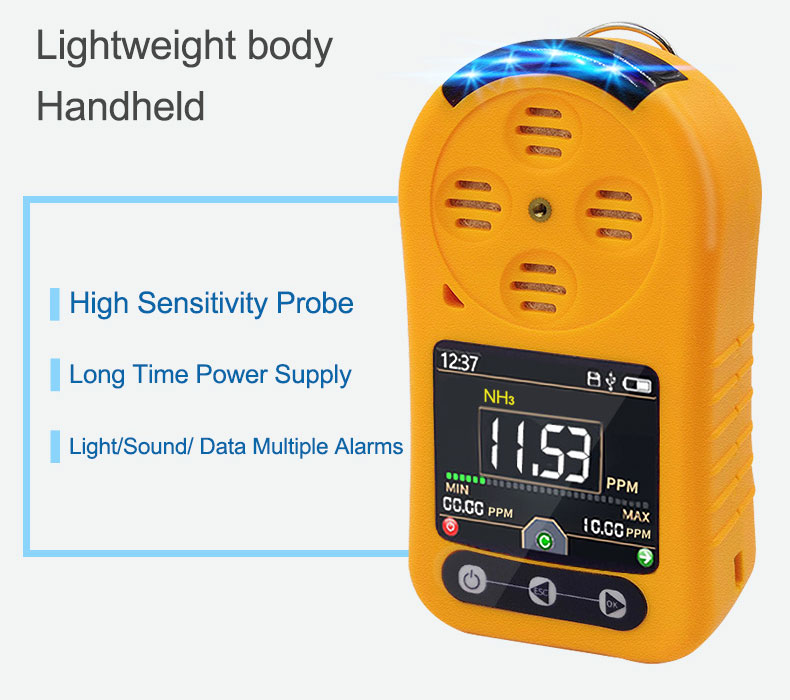Understanding of Monoxide Detectors
Monoxide Detectors are crucial for ensuring safety in homes and other enclosed spaces. Carbon monoxide (CO) is a colorless, odorless, and tasteless gas that poses a serious threat to human health if inhaled. The installation of monoxide detectors provides an early warning system, allowing individuals to take immediate action and prevent potential harm. In this article, we will explore the importance of carbon monoxide detectors and highlight their role in safeguarding lives.

The danger of Monoxide gas
Firstly, carbon monoxide is produced by the incomplete combustion of fossil fuels such as gas, oil, and coal. Common sources of this gas include faulty furnaces, water heaters, gas stoves, and fireplaces. When these appliances malfunction or are not properly ventilated, carbon monoxide can accumulate to dangerous levels, putting occupants at risk. A carbon monoxide detector continuously monitors the air and sounds an alarm when elevated levels of the gas are detected, providing an early warning signal even before symptoms of poisoning appear.
The role of using monoxide detector
Carbon monoxide poisoning is a serious health issue that can lead to severe illness, brain damage, or even death. The symptoms of carbon monoxide poisoning are often nonspecific and can be mistaken for flu-like symptoms, including headaches, nausea, dizziness, confusion, and shortness of breath. This makes it extremely difficult to detect without the aid of a carbon monoxide detector. By having detectors installed in key areas of the home, such as close to sleeping areas and near fuel-burning appliances, individuals can be alerted to the presence of carbon monoxide and take necessary precautions.
Furthermore, carbon monoxide is not only a threat in residential settings but also in commercial buildings, hotels, and vehicles. In recent years, there have been numerous cases of carbon monoxide poisoning in hotels due to faulty heating systems or blocked ventilation. Having monoxide detector in these spaces is crucial for protecting the occupants and ensuring their well-being. Similarly, vehicles with internal combustion engines can also emit carbon monoxide. It is essential to have a carbon monoxide detector in enclosed spaces such as cars, trucks, and recreational vehicles to prevent exposure and potential accidents.
In addition to protecting individuals, monoxide detector can also save lives by alerting emergency services. If an alarm is triggered, it is important to evacuate the premises immediately and contact the appropriate authorities. Firefighters and emergency responders are equipped with specialized tools to measure carbon monoxide levels and can take the necessary measures to address the issue and ensure the safety of everyone involved. Time is of the essence in such situations, and the presence of carbon monoxide detectors can significantly reduce response time and prevent tragic outcomes.
In conclusion, the installation of carbon monoxide detectorplays a vital role in ensuring safety and preventing carbon monoxide poisoning. These devices act as an early warning system, providing individuals with the opportunity to take action and protect themselves and their loved ones. From residential homes to commercial buildings and vehicles, carbon monoxide detectors are essential in safeguarding lives. As responsible individuals, it is crucial to prioritize the installation and maintenance of these detectors to create a secure environment free from the dangers of carbon monoxide.
